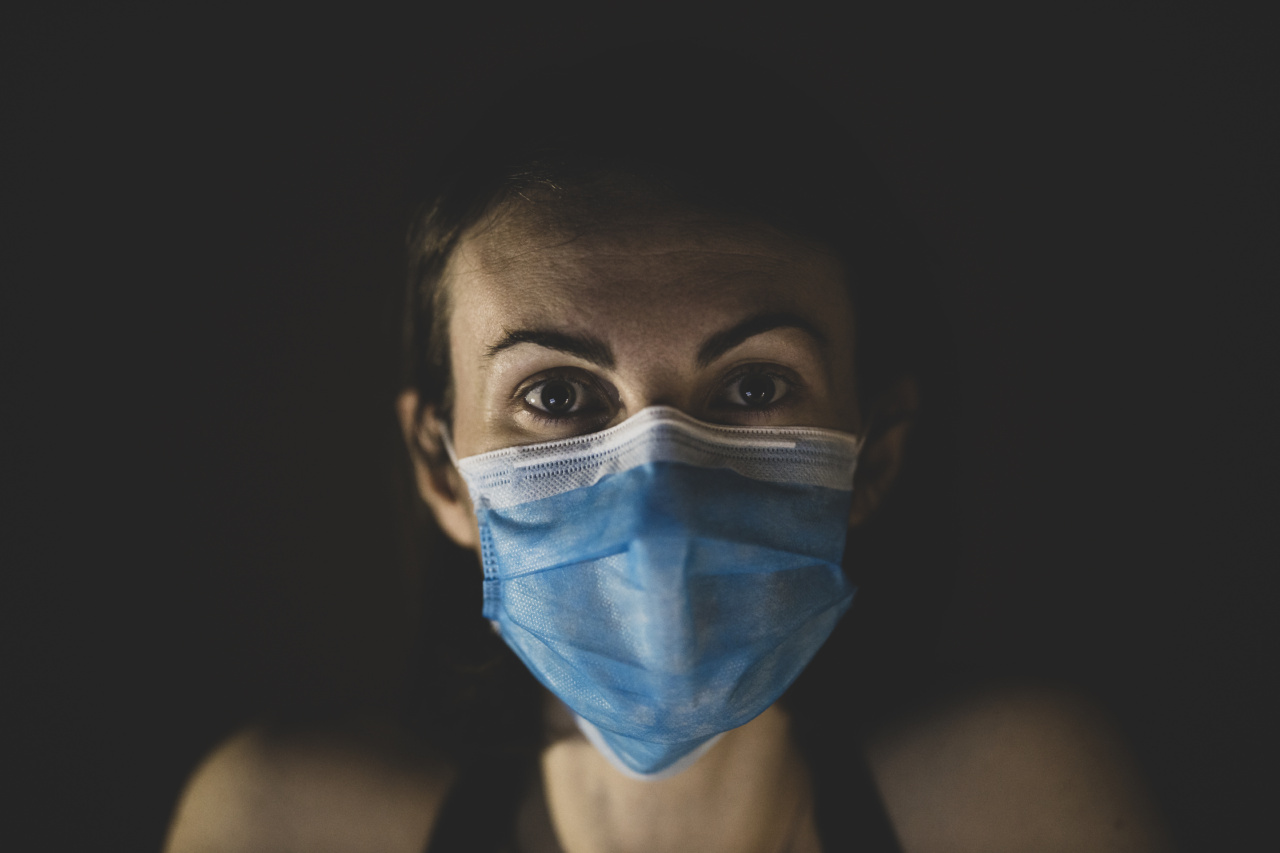The Ebola virus is a highly infectious and deadly pathogen that has caused several outbreaks in Africa over the years. It was first identified in 1976 near the Ebola River in what is now the Democratic Republic of Congo.
Since then, it has claimed thousands of lives and instilled fear in communities around the world.
What is Ebola?
Ebola, also known as Ebola hemorrhagic fever, is caused by the Ebola virus. It belongs to the family Filoviridae and is a zoonotic virus, meaning it can be transmitted between animals and humans.
The natural hosts of Ebola are still unknown, but fruit bats are believed to be the most likely initial carriers.
Symptoms of Ebola
After an incubation period of 2 to 21 days, Ebola symptoms start to appear. These can initially be mistaken for common illnesses such as flu or malaria. However, as the disease progresses, more severe symptoms manifest. These may include:.
- Fever
- Headache
- Muscle pain
- Weakness and fatigue
- Vomiting and diarrhea
- Abdominal pain
- Unexplained bleeding or bruising
Modes of Transmission
Ebola spreads through direct contact with the bodily fluids of an infected person or animal. This can occur through blood, saliva, urine, feces, and even sweat.
Healthcare workers and family members caring for the sick are at a high risk of contracting the virus.
Additionally, Ebola can be transmitted through contaminated objects such as needles or surfaces, like clothing or bedding, that have been in contact with infected fluids.
Funeral rituals that involve direct contact with the deceased can also contribute to the spread of the virus.
Prevention and Control
Prevention and control efforts are crucial in containing and minimizing the impact of Ebola outbreaks. Key measures that can help prevent the transmission of the virus include:.
- Regular handwashing with soap and water or use of alcohol-based hand sanitizers
- Using personal protective equipment such as gloves, masks, and gowns when caring for patients
- Avoiding direct contact with bodily fluids of infected individuals
- Practicing safe burial procedures, including disinfection and limiting close contact with the deceased
- Implementing rigorous infection control procedures in healthcare facilities
Treatment and Survival Rates
There is currently no specific treatment or cure for Ebola. Supportive care provided in healthcare settings can help patients recover by addressing their symptoms and maintaining hydration and electrolyte balance.
However, the mortality rate of Ebola is alarmingly high. It is estimated that approximately 9 out of 10 individuals infected with the virus will not survive. Death usually occurs due to multiple organ failure and severe internal bleeding.
Outbreaks and Global Concerns
Since its discovery, Ebola has caused several outbreaks in various African countries, with the most significant being the 2014-2016 West Africa epidemic. This outbreak resulted in over 28,000 cases and more than 11,000 deaths.
It highlighted the need for improved preparedness and response strategies at both national and international levels.
The devastating impact of Ebola extends beyond the loss of human lives. Outbreaks can lead to social and economic disruptions, strained healthcare systems, and increased stigmatization of affected communities.
It takes extensive efforts from healthcare professionals, researchers, and policymakers to contain the virus and prevent further spread.
The Importance of Research and Development
Advancements in research and development are crucial in combating the Ebola virus. Scientists and healthcare professionals are constantly working towards developing effective vaccines and antiviral treatments to prevent and treat Ebola infections.
Additionally, raising awareness about the virus, its transmission, and preventive measures can help communities protect themselves and reduce the risk of outbreaks.
Education plays a vital role in empowering individuals with the knowledge needed to prevent the spread of the disease.
Conclusion
The Ebola virus is a highly lethal pathogen that continues to pose a significant threat to public health. Its ability to cause severe illness and widespread outbreaks demands global attention and collaborative efforts to prevent, control, and treat it.
By implementing robust preventive measures and investing in research and development, we can work towards reducing the devastating impact of Ebola on human lives.



























